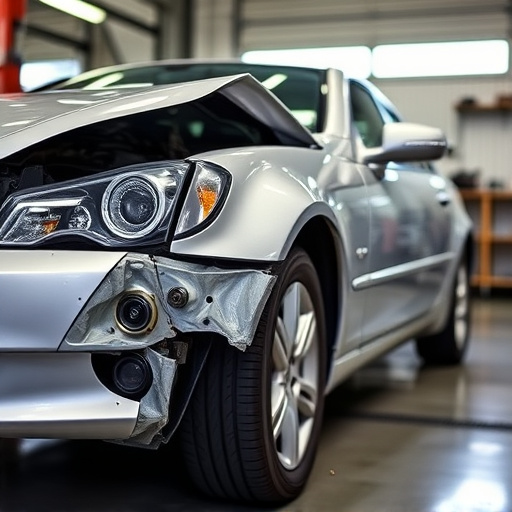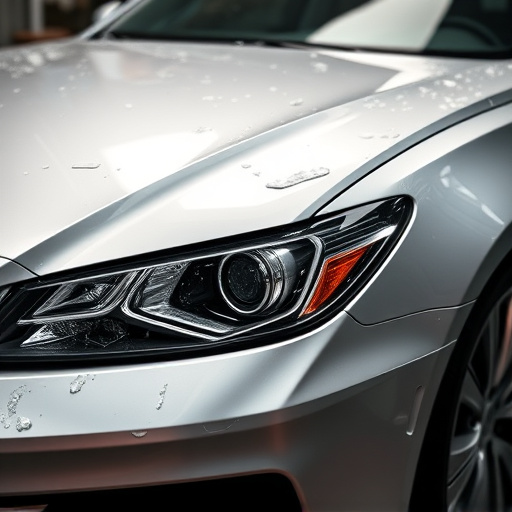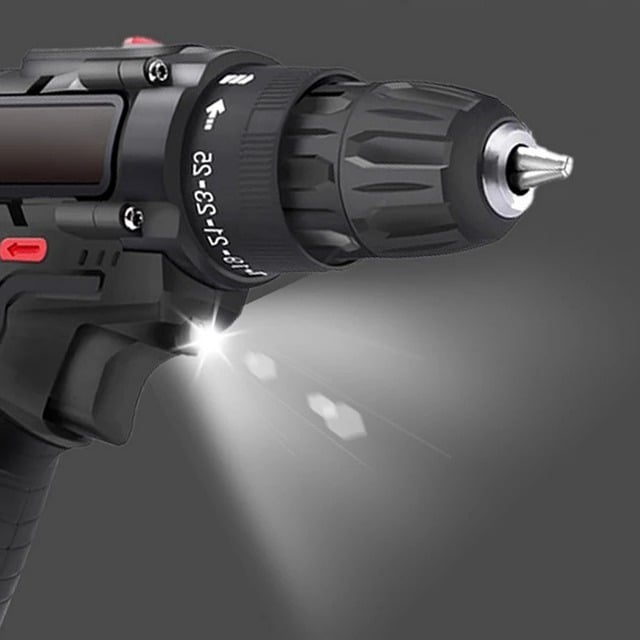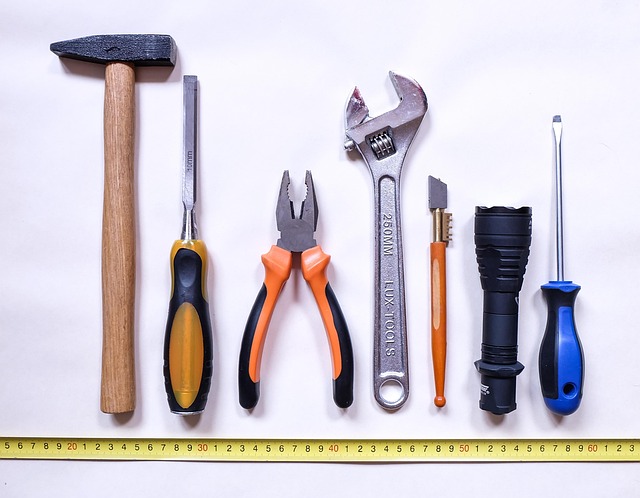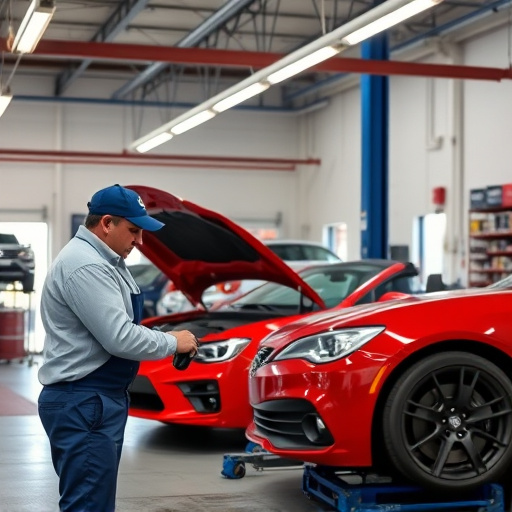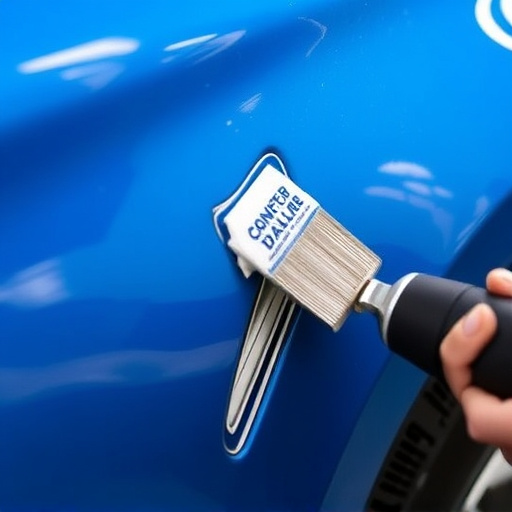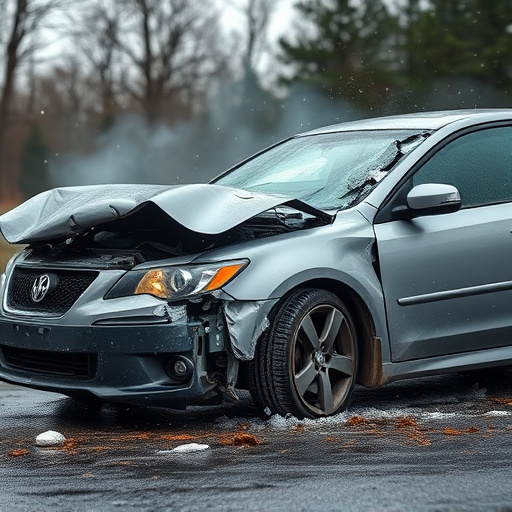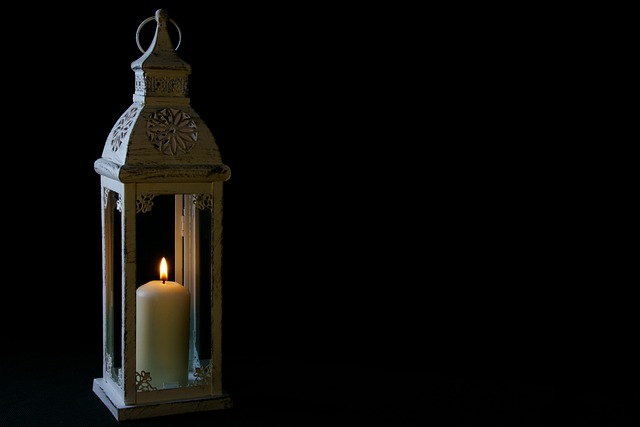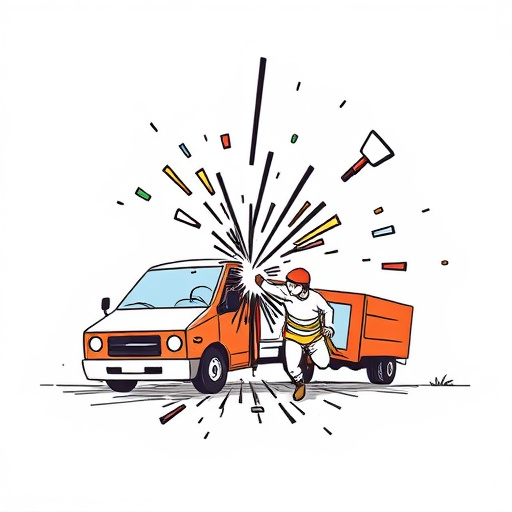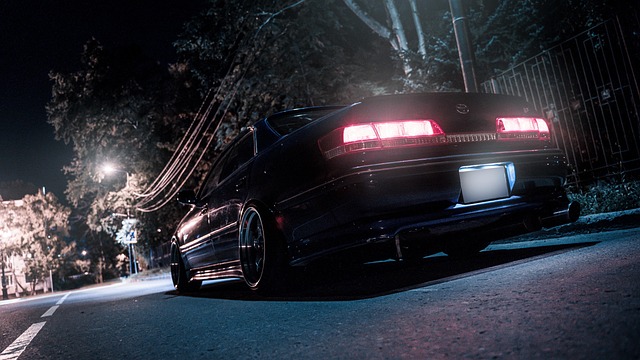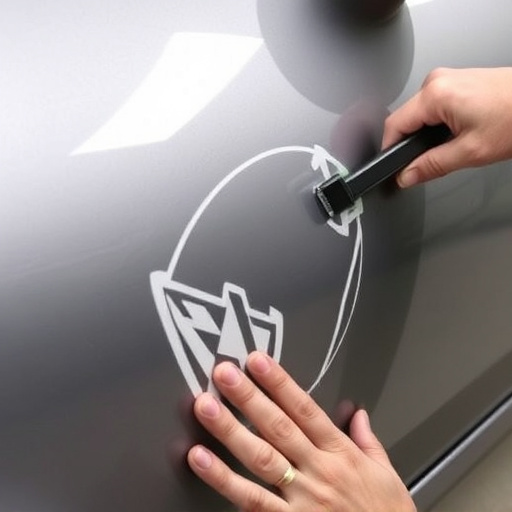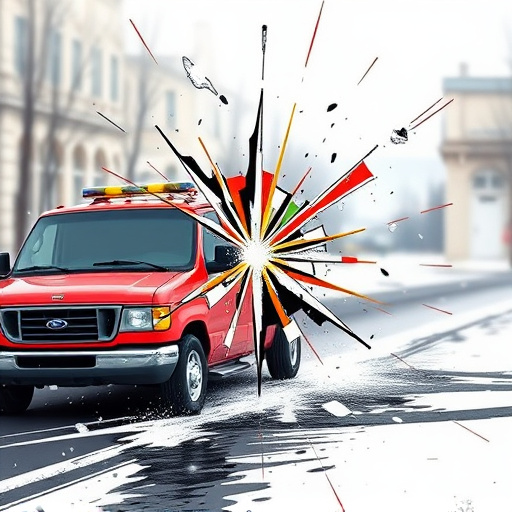Custom color matching collision repairs involve advanced scientific analysis and precise tools to match vehicle paint perfectly. This process requires spectrophotometers, high-quality airbrushes, and detailed inspections under varied lighting to ensure flawless results. Regular training, standardized processes, and documentation also contribute to consistent, reliable delivery of custom color matches in auto maintenance.
In the world of automotive restoration, achieving a flawless custom-matched paint finish is an art. This comprehensive guide explores best practices for navigating the intricate process of custom color matching collisions. From understanding the science behind color mixing to mastering essential tools and implementing robust quality control measures post-application, each step ensures precise, professional results. Discover expert tips to maintain consistency, accuracy, and longevity in your custom paint finishes.
- Understanding Custom Color Matching Process
- Essential Tools and Equipment for Precision
- Effective Quality Control Measures Post Application
Understanding Custom Color Matching Process
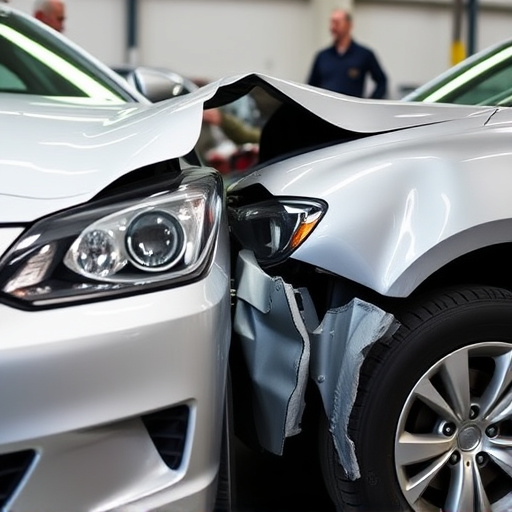
The custom color matching process is an intricate art within the automotive industry, particularly for collision repairs and restoration projects. It involves a meticulous scientific approach to replicate or create an exact match of a vehicle’s original paint shade. This isn’t merely mixing a few pigments; it requires an in-depth understanding of color theory and the ability to precisely measure and blend various components. The process begins with analyzing the existing paint, often using advanced equipment to capture its unique spectral profile.
This data serves as the foundation for creating or adjusting formulations to match the original color accurately. Consideration must also be given to factors like base color, clear coat composition, and environmental conditions during application, ensuring a seamless finish that blends imperceptibly with the rest of the vehicle’s body—a crucial aspect of auto maintenance for both aesthetic appeal and long-term protection, especially when coupled with quality automotive body work and even auto glass repair.
Essential Tools and Equipment for Precision
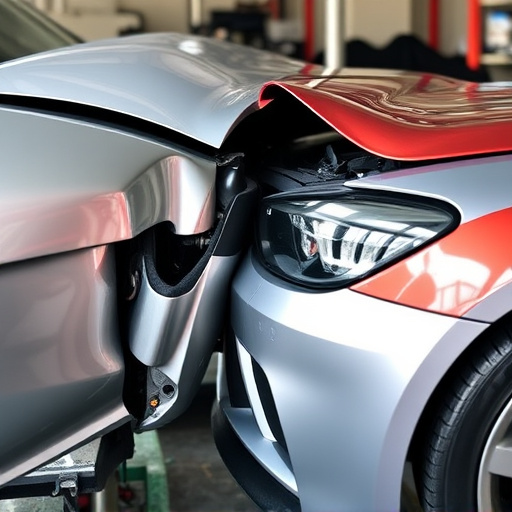
Achieving precise custom color matching in collision repair requires a well-equipped workshop. Essential tools for this process include advanced spectrophotometers that accurately measure and match paint colors, ensuring minimal error and maximizing customer satisfaction. These devices are crucial for professional fleet repair services, enabling detailed color analysis and reproduction.
Additionally, a top-notch collision repair shop should invest in high-quality airbrushes and spray guns with adjustable settings, allowing for fine control over the paint application. High-resolution sanders and polishing tools also play a vital role in preparing the surface before painting, ensuring a smooth finish. The right combination of these tools empowers fleet repair services to deliver outstanding results, making every custom color match flawless and long-lasting.
Effective Quality Control Measures Post Application
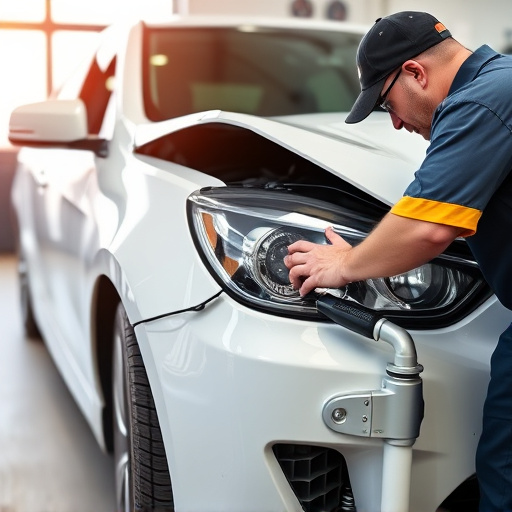
After applying custom color matching collision paint, implementing robust quality control measures is paramount to ensure flawless results. This involves meticulous inspection under various lighting conditions to detect any inconsistencies or imperfections that may have been overlooked during application. Using high-quality magnifying glasses and lighting equipment can aid in identifying minor issues like orange peel texture, uneven gloss levels, or subtle color variations.
Regular training for the paint team on the latest techniques and technologies is also crucial. Keeping up with advancements in car paint services, including paintless dent repair methods, allows for continuous improvement in quality control. Standardizing processes and documenting every step ensures consistency across all projects, providing a reliable standard for every custom color match delivered.
Maintaining a flawless, custom-matched paint finish requires a meticulous approach, from understanding the color matching process to employing precise tools and implementing robust quality control. By adhering to these best practices, collision centers can ensure superior results for their clients, offering not just repairs but also a personalized touch that enhances vehicle aesthetics. With the right techniques in place, achieving custom color matching excellence is within reach, ensuring satisfied customers and a competitive edge in the automotive industry.
